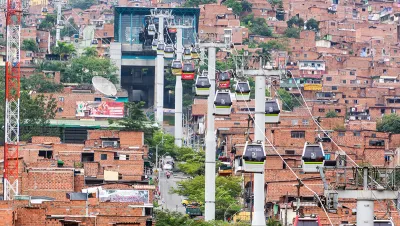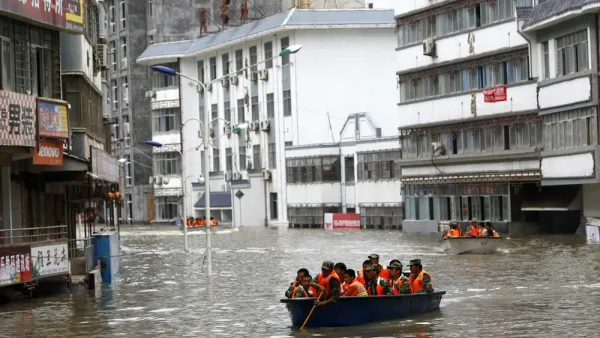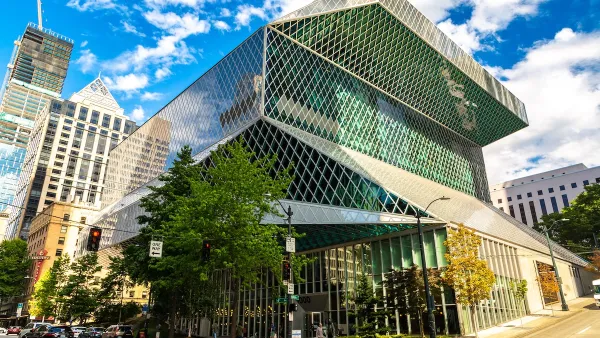Cultural institutions and heritage sites may contribute to a city’s social cohesion and attract investment.

A study from the World Bank suggests that preserving a city’s history can have a major impact on how that city recovers from traumas. "Investing in cultural institutions, spaces, and heritage can help build bridges between sparring communities in post-conflict urban areas and make disaster recovery quick, sustainable, and more effective," writes Tanvi Misra. By building on and preserving key cultural institutions, cities give citizens a way to cope with and grow from traumatic experiences.
The city of Medellin, Colombia, the site of great violence and upheaval during the Pablo Escobar era, provides a model of a resilient city, Misra argues. The city implemented a plan that included building libraries, and art space, along with other more obvious necessities. "The key is to balance the basic needs—shelter, food, and healthcare—with the effort to promote artistic expression that helps urban communities process trauma and communicate and document their experiences," Misra reports. The report emphasizes the idea that finding the right projects and making large impacts requires officials to work with community members to create a shared understanding about the most important aspects of local culture.
FULL STORY: The Secret Ingredient of Resilient Cities: Culture

National Parks Layoffs Will Cause Communities to Lose Billions
Thousands of essential park workers were laid off this week, just before the busy spring break season.

Retro-silient?: America’s First “Eco-burb,” The Woodlands Turns 50
A master-planned community north of Houston offers lessons on green infrastructure and resilient design, but falls short of its founder’s lofty affordability and walkability goals.

Delivering for America Plan Will Downgrade Mail Service in at Least 49.5 Percent of Zip Codes
Republican and Democrat lawmakers criticize the plan for its disproportionate negative impact on rural communities.

Test News Post 1
This is a summary

Test News Headline 46
Test for the image on the front page.

Balancing Bombs and Butterflies: How the National Guard Protects a Rare Species
The National Guard at Fort Indiantown Gap uses GIS technology and land management strategies to balance military training with conservation efforts, ensuring the survival of the rare eastern regal fritillary butterfly.
Urban Design for Planners 1: Software Tools
This six-course series explores essential urban design concepts using open source software and equips planners with the tools they need to participate fully in the urban design process.
Planning for Universal Design
Learn the tools for implementing Universal Design in planning regulations.
EMC Planning Group, Inc.
Planetizen
Planetizen
Mpact (formerly Rail~Volution)
Great Falls Development Authority, Inc.
HUDs Office of Policy Development and Research
NYU Wagner Graduate School of Public Service




























